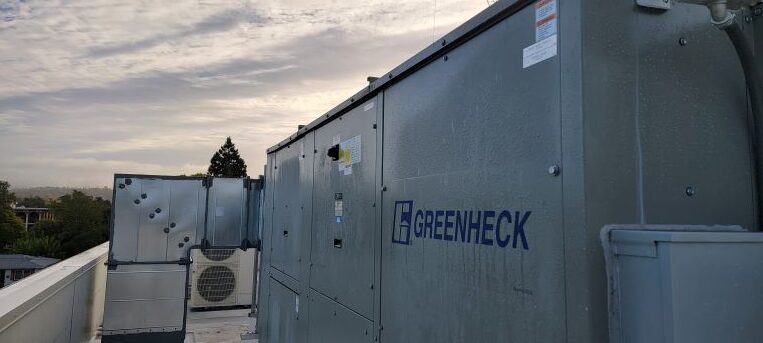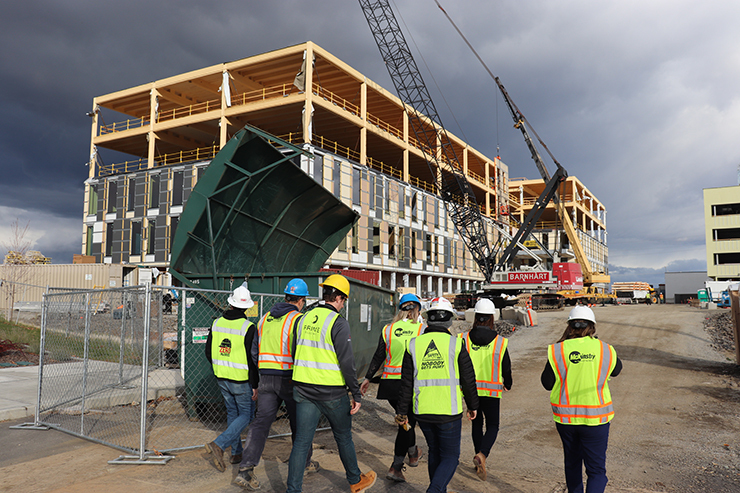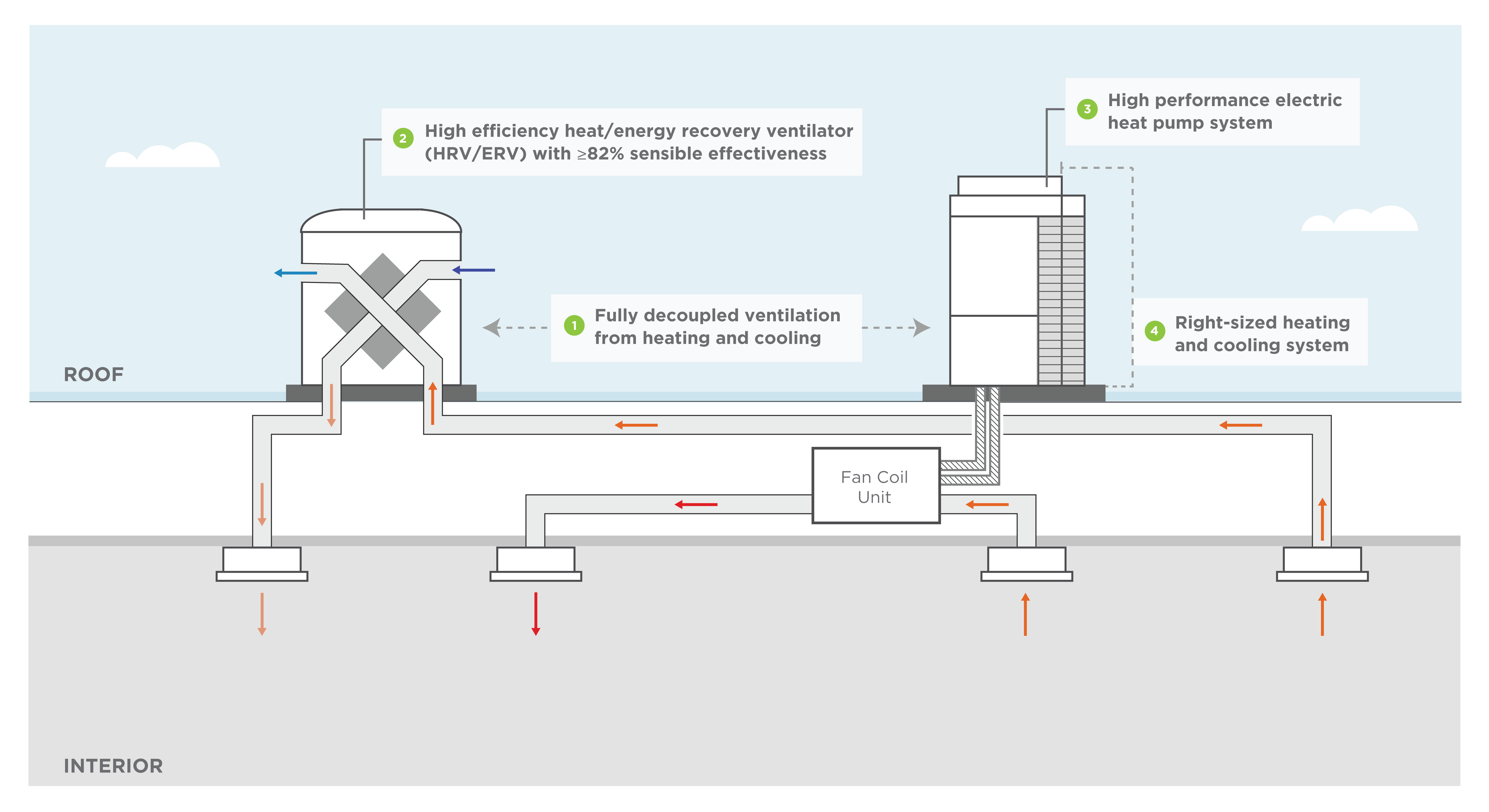Design Professional’s Guide to Net Zero Energy Buildings by Charles Eley
With great anticipation BetterBricks received a review copy of Charles Eley’s new book. We have watched, followed and discoursed with Charles for decades and have always found his insights to be very valuable to the professions of architecture and engineering. This book begins by sharing what motivated him to write, a vision of the future of children yet unborn as portrayed in a poem by Glenn C. Thomas, “Tomorrow’s Child” placed in the book’s Preface, combined with Charles’s lifelong awe of nature. The book is dedicated to reducing the environmental impact of buildings and communities and helping others to do so. It arises from the author’s four decade in-depth involvement as both an architect and an engineer working on energy efficiency solutions.
After the more personal Preface, the book dives into the global climate change rationale for energy efficiency and ultimately Net Zero Energy (NZE) buildings.
“Creating ZNE buildings is not the only thing we can do but it is something that each of us can do immediately.”
The first step is clarifying what is meant by ZNE. Much controversy and confusion surrounds the definition. Eley zooms in to the core of it by concisely stating that ZNE means “that whatever energy that comes in across the site boundary must be less than or equal to what goes back out. In addition, fossil fuel use on site must be offset by an equivalent amount of on-site renewable energy exported off site.” Glad that is resolved.
Eley then aims to fill the information gap on what is required to design and construct a ZNE building. Here he gets practical but not too technical. First, he lays out key principles for design and construction followed by lessons and examples from the pioneers of ZNE, from real projects achieving ZNE or beyond.
The book is targeted at architects, engineers, energy consultants and green building advisors but written with “minimal technical jargon”. That said, there is enough depth on best practices, strategies and even solutions for challenging climate zones. There is information on design process, on the importance of commissioning (and its key activities) and, as would be expected from an engineer, a fair amount of detail on building systems.
There is a chapter on advances in renewable energy and its applications, another on energy modeling, a key tool to study alternatives and assess proximity to achieving ZNE. This is followed by a chapter on project delivery from concept through post-occupancy monitoring and one on metrics for ZNE performance evaluation. The book closes with a discussion of policies and programs promoting ZNE and ends with a vision of an energy future beyond ZNE. The appendix provides one-page snapshots of 8 iconic ZNE buildings of varying types and sizes.
It is a compact book, just 272 pages, but such condensed knowledge for only $30.00. With this book in hand there is no excuse for not creating ZNE buildings immediately. Available at www.islandpress.org/zero-net



